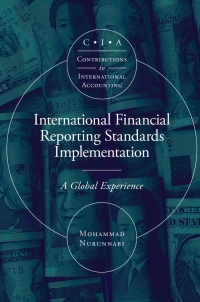Required information (The following information applies to the questions displayed below) Assume for each of the following independent cases that the annual accounting period ends on December 31 and that the total of all revenue accounts was $150.000 and the total of all expense accounts was $130,000 Case A: Assure that the business is a sole proprietorship owned by Proprietor A. Prior to the closing entries, the Capital account reflected a credit balance of $50,000 and the Drawings account showed a balance of $8,00e. Case B: Assume that the business is a partnership owned by Partner A and Partner B. Prior to the closing entries, the owners equity accounts reflected the following balances: A, Capital, $40,000; B, Capital, $38,000; A, Drawings, $5,000; and 8, Drawings, $9,000. Profits and losses are divided equally. Case C Assume that the business is a corporation. Prior to the closing entries, the stockholders equity accounts showed the following: Capital Stock, par $1e, authorized 30,000 shares, outstanding 15,000 shares; Additional Paid-In Capital, $5,098; Retained Earnings, $65,808. No dividends were declared. Required: 1. Prepare all the closing entries required at December 31 for each of the cases (If no entry is required for a transaction/event, select "No Journal Entry Required in the first account field.) Required information (The following information applies to the questions displayed below) Assume for each of the following independent cases that the annual accounting period ends on December 31 and that the total of all revenue accounts was $150.000 and the total of all expense accounts was $130,000 Case A: Assure that the business is a sole proprietorship owned by Proprietor A. Prior to the closing entries, the Capital account reflected a credit balance of $50,000 and the Drawings account showed a balance of $8,00e. Case B: Assume that the business is a partnership owned by Partner A and Partner B. Prior to the closing entries, the owners equity accounts reflected the following balances: A, Capital, $40,000; B, Capital, $38,000; A, Drawings, $5,000; and 8, Drawings, $9,000. Profits and losses are divided equally. Case C Assume that the business is a corporation. Prior to the closing entries, the stockholders equity accounts showed the following: Capital Stock, par $1e, authorized 30,000 shares, outstanding 15,000 shares; Additional Paid-In Capital, $5,098; Retained Earnings, $65,808. No dividends were declared. Required: 1. Prepare all the closing entries required at December 31 for each of the cases (If no entry is required for a transaction/event, select "No Journal Entry Required in the first account field.)







